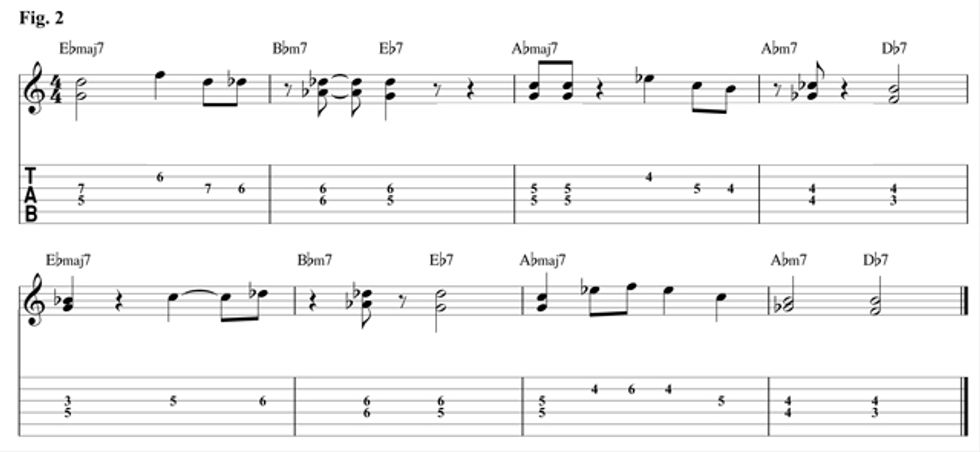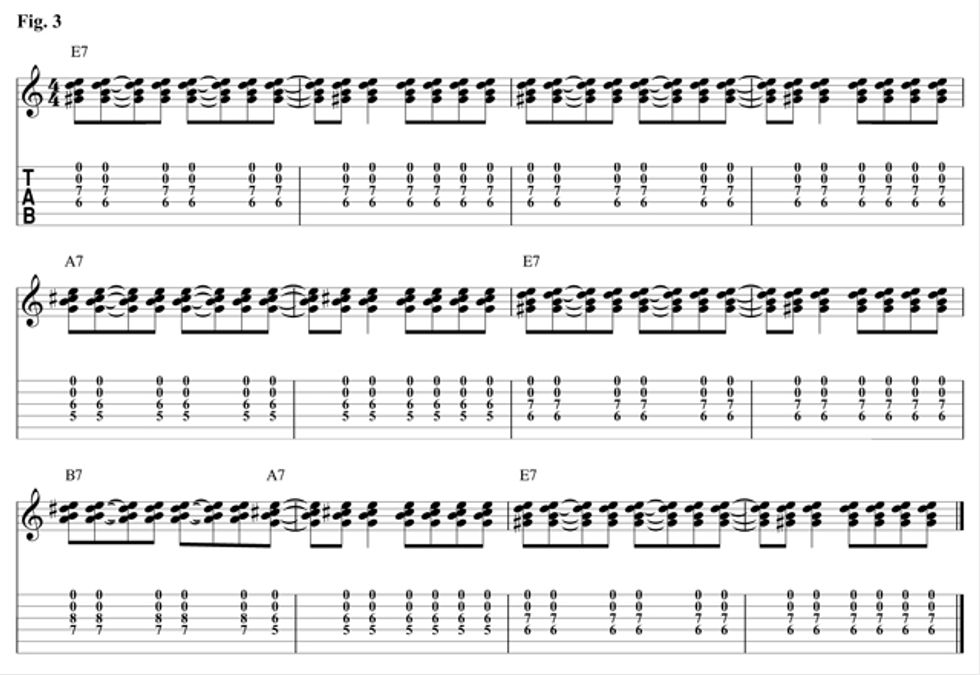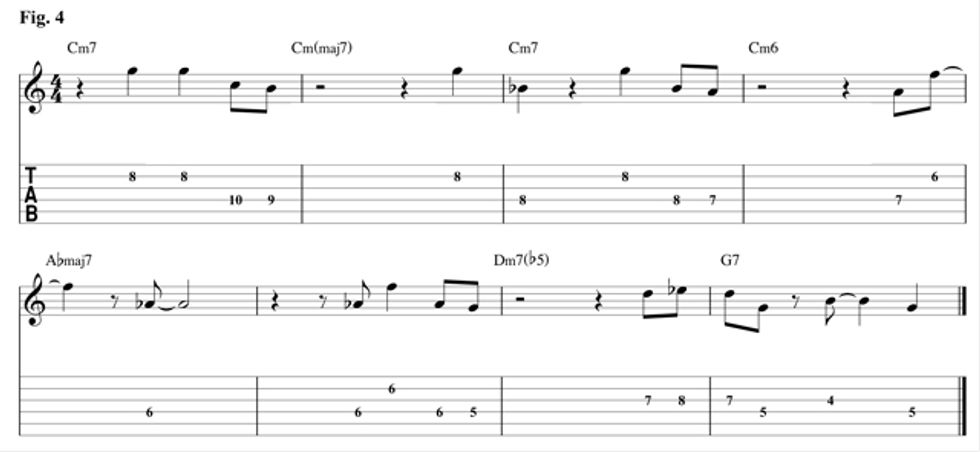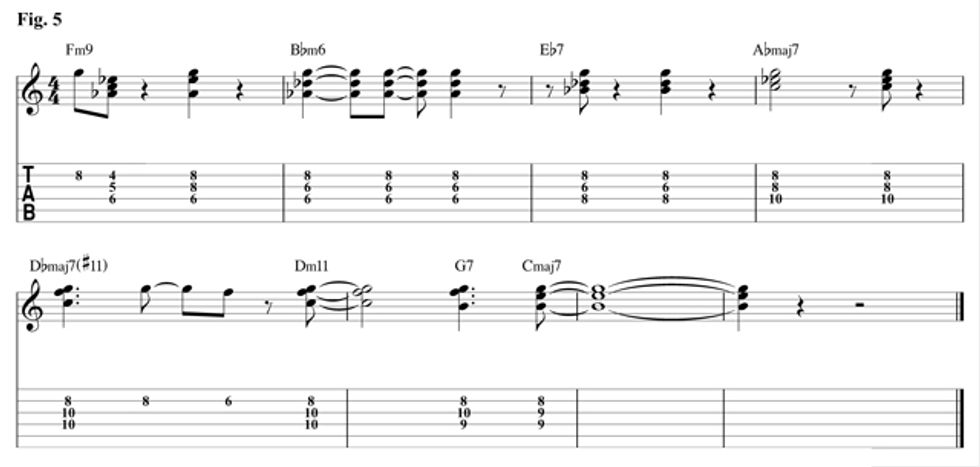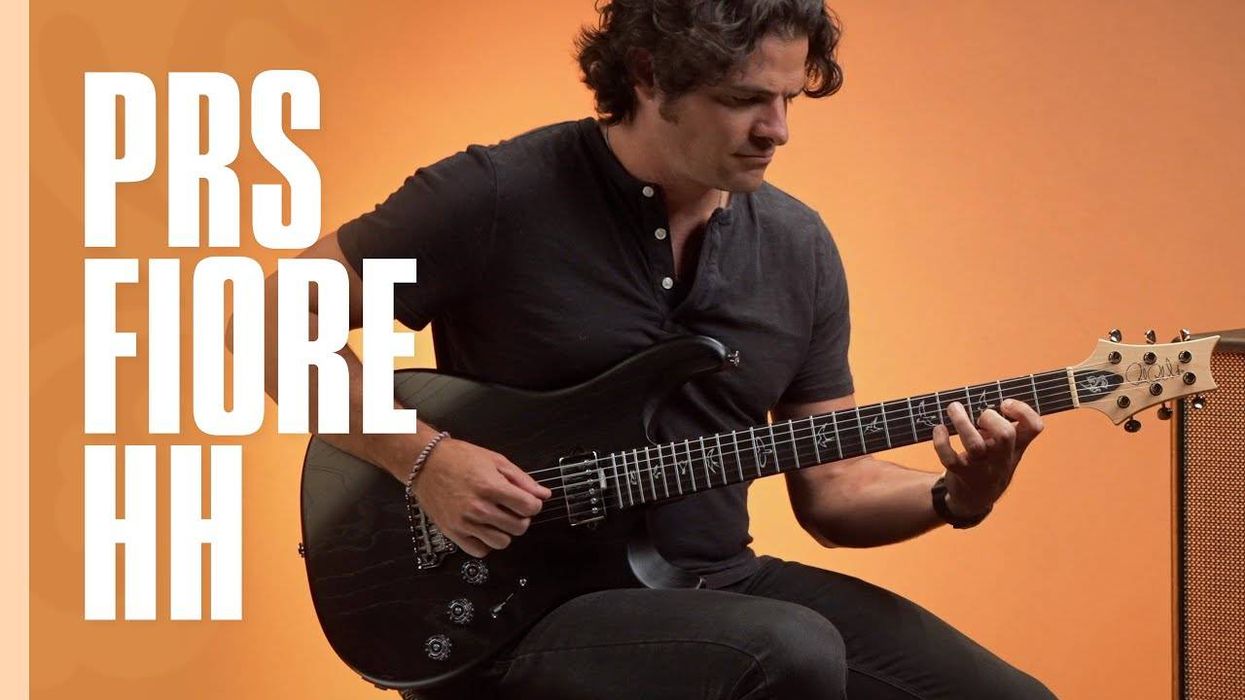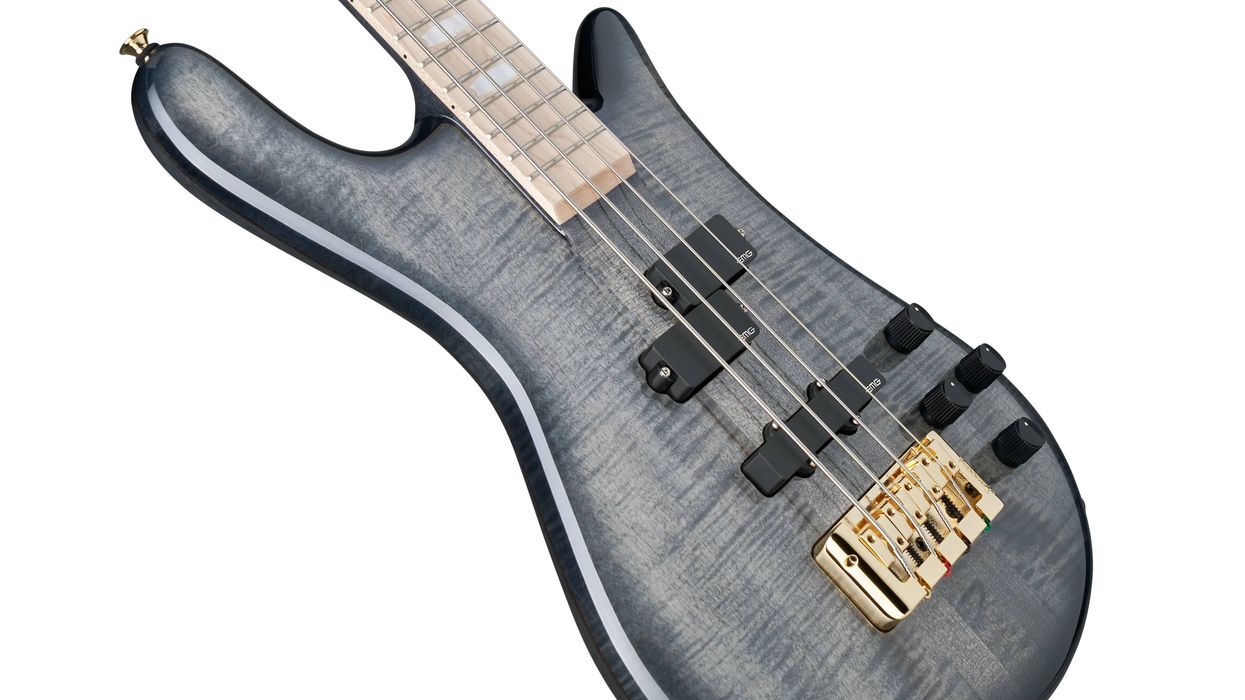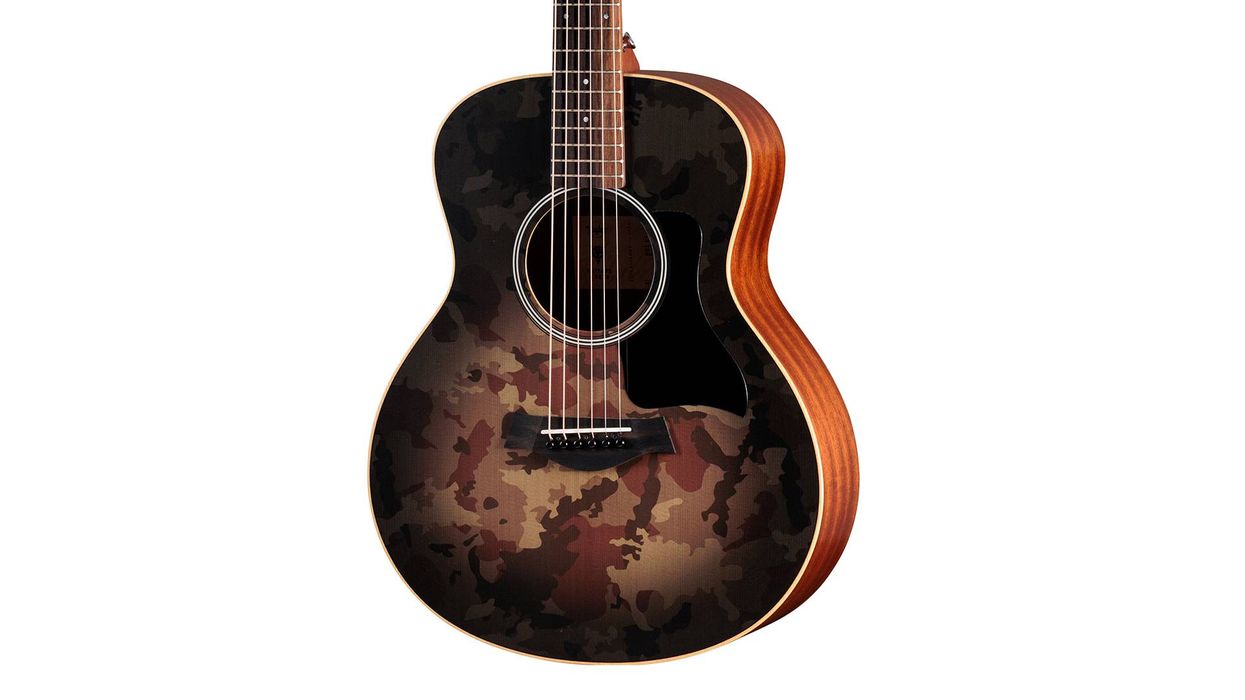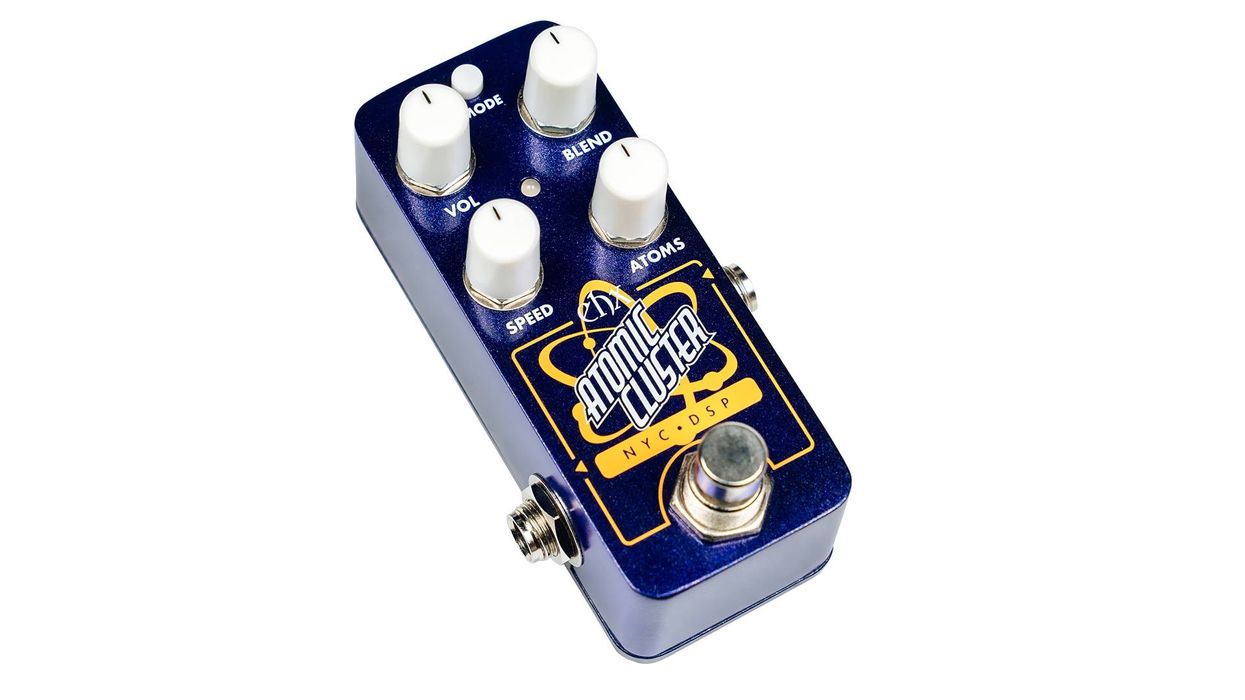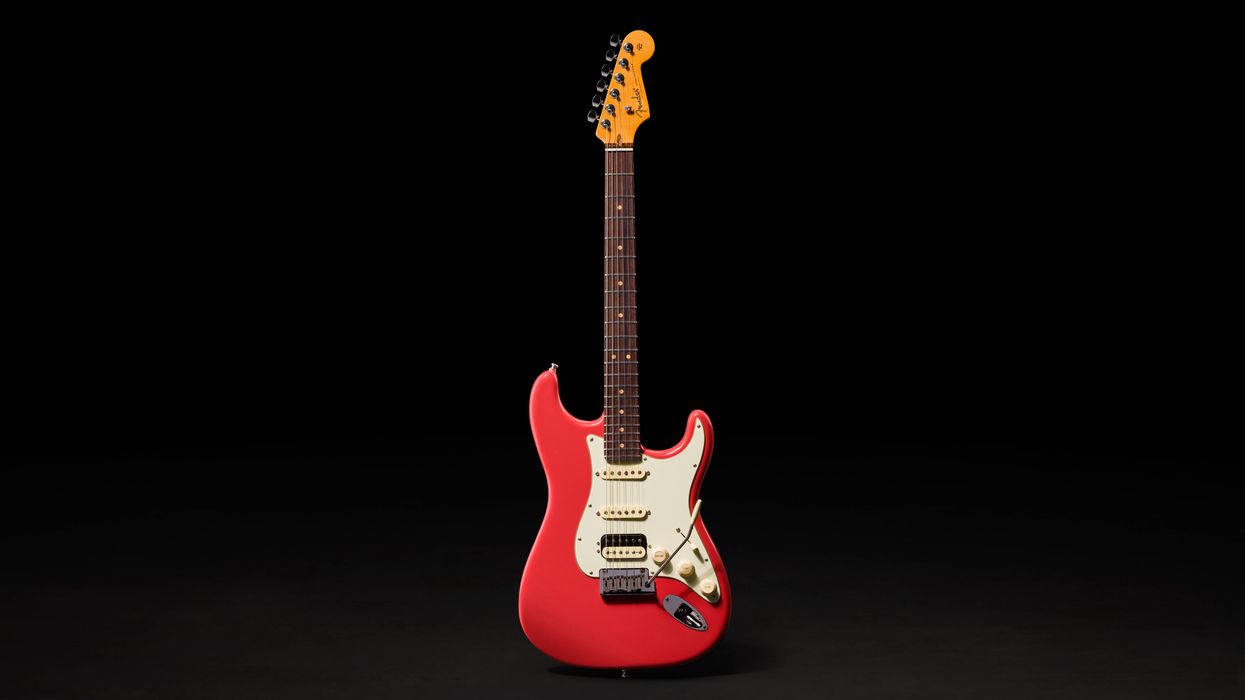Chops: Intermediate
Theory: Intermediate
Lesson Overview:
• Learn how to build solo lines based on chord tones.
• Understand various comping techniques used to play jazz standards.
• Develop lines that employ string skipping and “pivot” notes.
Click here to download MP3s and a printable PDF of this lesson's notation.
From his beginnings in 1955 with the Chico Hamilton Quartet to his work with his own groups in the present day, NEA Jazz Master Jim Hall has a style that’s equal parts introspective, whimsical, and virtuosic in a minimalist way. With simple techniques that you can experiment with, Hall has created a sophisticated sound and style that is easily recognized within a few notes. And at 82 years old, Hall is still touring, recording, and evolving as a musician and improviser.
Fig. 1 is a melody inspired by Hall’s work on Sonny Rollins’ groundbreaking album, The Bridge. Recorded in 1962 and with guitar as the solo chordal instrument on the record, Hall is both accompanist and countermelody to Rollins’ tenor saxophone. This example uses the chords from the first eight measures of “Without a Song.”
When it comes to comping, the same rules apply. Fig. 2 uses the same chord progression from the previous example and demonstrates one way that Hall might approach it, by using chord tones—most notably the 3s and 7s—as a springboard.
Over the years Hall has collaborated with many musicians in a duo setting, such as pianist Bill Evans and bassist Ron Carter. In the two-guitar category, Hall has recorded with Pat Metheny and Bill Frisell. And in a fun, White-Stripes-meets-jazz-greats kind of way, he has a duo album with drummer Joey Baron. Fig. 3 incorporates the open string voicings that Hall favors when he is focusing on a more rhythmic, strumming approach. Keep the volume as low as possible on this one, to get more of a “woody” sound, like the one Hall creates with his hollowbody custom Sadowsky guitar. (Even if you don’t have a hollowbody guitar, it will work.)
Fig. 4 highlights the concept of soloing on non-adjacent strings. It’s a surefire way to spruce up your technique, and Hall uses it tastefully in almost every solo he takes. He’ll also use one note as a pivot tone or springboard to play through the changes. This uses the chords from the first four measures of “My Funny Valentine.”
Speaking of pivot notes, Hall also likes to create chord melodies within his solos, no matter what the instrumentation of the ensemble. Sometimes he’ll choose a note and harmonize it within the context of a tune. Fig. 5 is an example of something he might play over the harmony to “All the Things You Are.”
The techniques used in the examples above are simple and should be transposed into all keys. In doing so, not only will you develop a solid knowledge of the fretboard in general, but you’ll also have more creative avenues through which to improvise. Pick one technique at a time and play it over a jazz standard—or even just a 12-bar blues to start. Work on it slowly and before you know it, you’ll have these sounds under your fingers and in your ears.
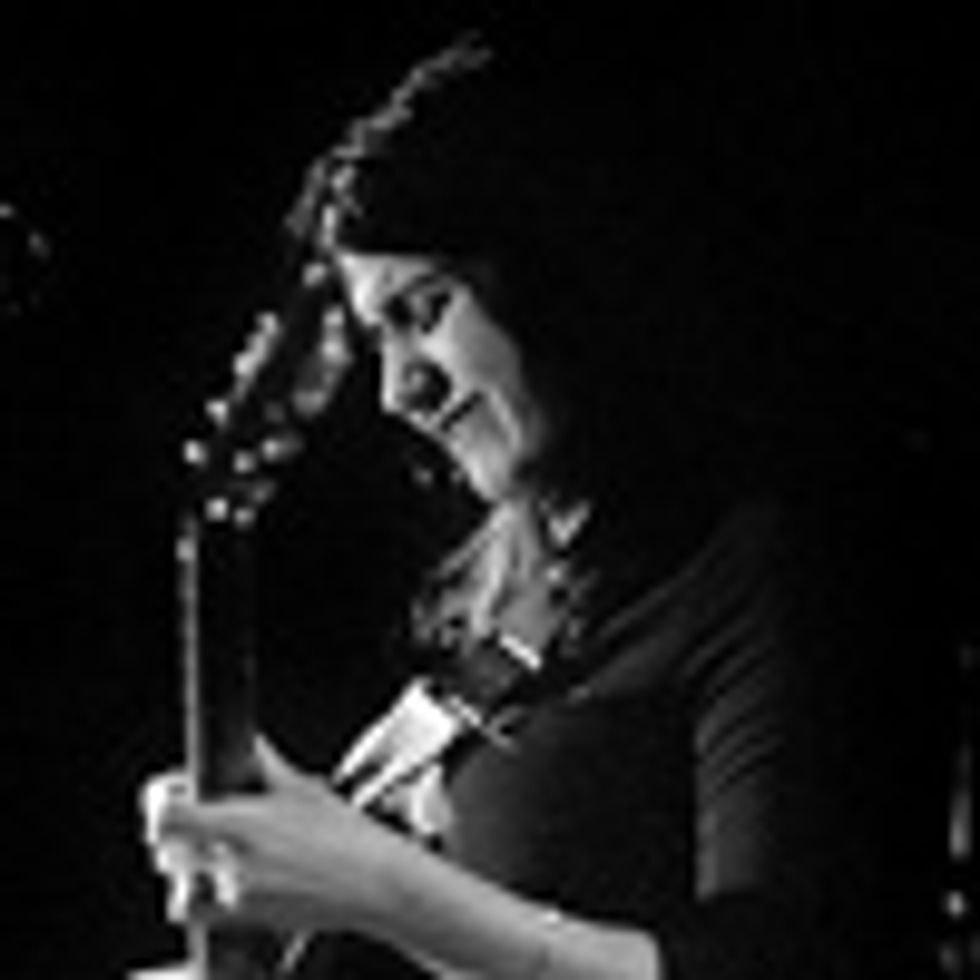 Amanda Monaco
Amanda MonacoAmanda Monaco is an Assistant Professor at Berklee College of Music and a founder of the Queens Jazz OverGround, a non-profit organization dedicated to bringing more jazz to the borough of Queens, in New York City, through free workshops and concerts. The author of Jazz Guitar for the Absolute Beginner (Alfred), she has recorded five CDs as a leader and is currently working on a new recording to be released in late 2013. For more information, visit amandamonaco.com.

